Getting your ski bindings just right is one of the most important steps to ensuring a safe, enjoyable day on the slopes. Properly adjusted ski bindings are key to maximizing both performance and safety, as they determine how securely your boots connect to your skis and when they’ll release in the event of a fall. Whether you’re an experienced skier or a beginner eager to dive deeper into the mechanics of your gear, knowing how to adjust your ski bindings like a pro will set you up for confidence on the mountain. In this ultimate guide, we’ll walk you through the essentials of ski binding adjustments—from understanding DIN settings and release values to tips for fine-tuning your equipment for different terrains and conditions. Let’s get started on getting your gear set up for peak performance and safety!
Key Components of Ski Bindings
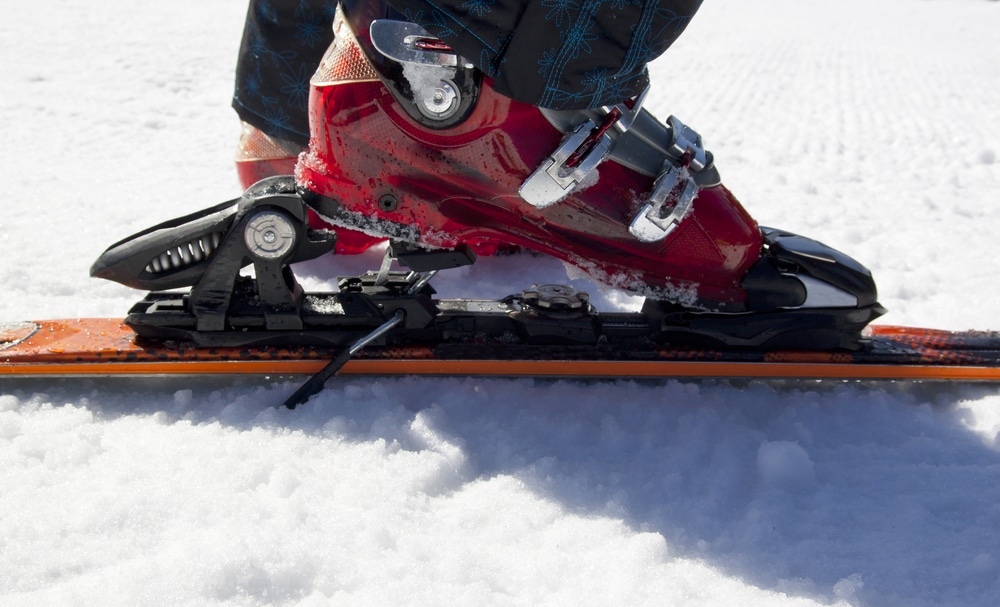
Before learning how to adjust ski bindings, it is essential to know what ski bindings are. Ski bindings are essential to connect your skis boots to your skis. They have various components, such as the heel piece and toe piece that work together to attach your boots,
- Toe piece
Supports the boot’s front.
- Heel piece
Fastens the boot’s rear.
- Release force setting
Determines the minimum force required to free the boot from the binding.
What are Din Settings?
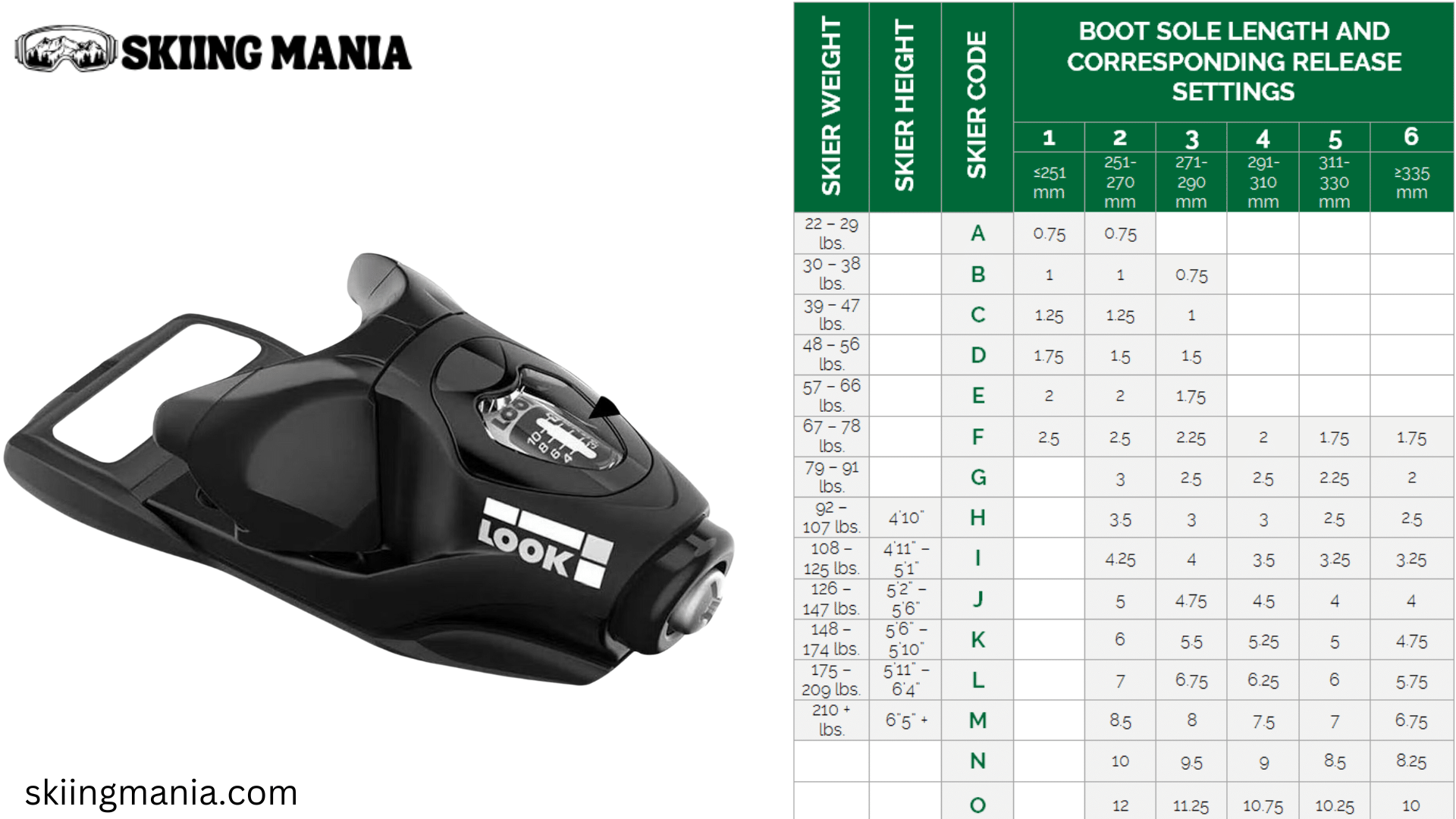
Din settings (Duetsches Institute für norming) refer to the amount of force required for the binding to release your boot. The proper din release setting helps to reduce the possibility of harm by ensuring that your boots release at the appropriate time. Your weight, boot size, ability level, and boot sole length all play a part in determining the release force setting.
Steps to Adjust Ski Bindings
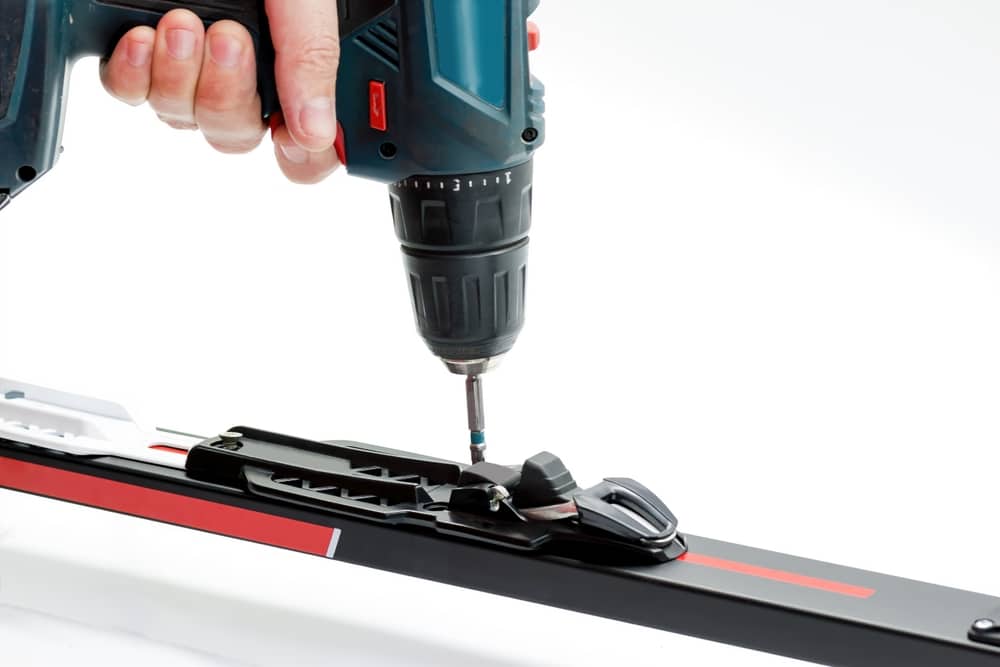
Step 1
Know your Equipment
Before you start, make sure you know what kind of ski bindings you have. Although the ideas in this article are specific to marker bindings, they also apply to other brands.
Step 2
Calculate your Din Setting
The din setting (Duetsches institute für norming) indicates the release force of the bindings. It is necessary to ensure your safety when descending hills. When determining your din setting, you must consider your weight, height, age, skill level, and boot sole length.
- Determine the type of skier you are
Choose between type I (cautious skiing on smooth slopes), type II (average skiing on varied slopes), or type III (aggressive skiing on difficult terrain).
- Measure your boot sole length
This is measured in millimeters and usually appears on the side of your ski boots.
- Use a din chart to find the appropriate setting.
Charts are available online and at ski stores.
Step 3
Configure the Din release Configuration
It’s time to adjust the bindings after you have your din values.
- Find the din adjustment screw located on your bindings’ toe and heel pieces.
- Turn the screw to match your calculated din with a screwdriver. Make sure the heel and toe settings are accurate.
Step 4
Adjust the Ski Bindings Length
You have to adjust the length to make sure your bindings fit your boots correctly.
- Press the release lever to free your boots from the bindings.
- Slide the heel piece forward or backward to match the length of your boot soles.
- Check the fit of your ski boots by inserting them into the bindings. The boot should fit tightly and the bindings should snap into place without using too much force.
Step 5
Test the Adjustments
It is essential that you test your adjustments before hitting the slopes.
- To ensure your boots come off easily, release them a few times.
- If the shoes are not releasing properly, adjust the release force setting.
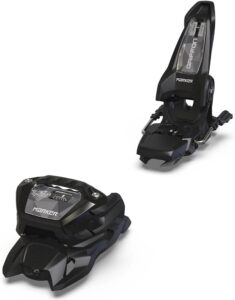
Product Details
- Size 100mm
- Brand Marker
- Sport Skiing
- Color Antracite/Black/Red
- Closure Type Buckle
- Skill Level advanced,expert
How to Adjust Different Types of Ski Bindings
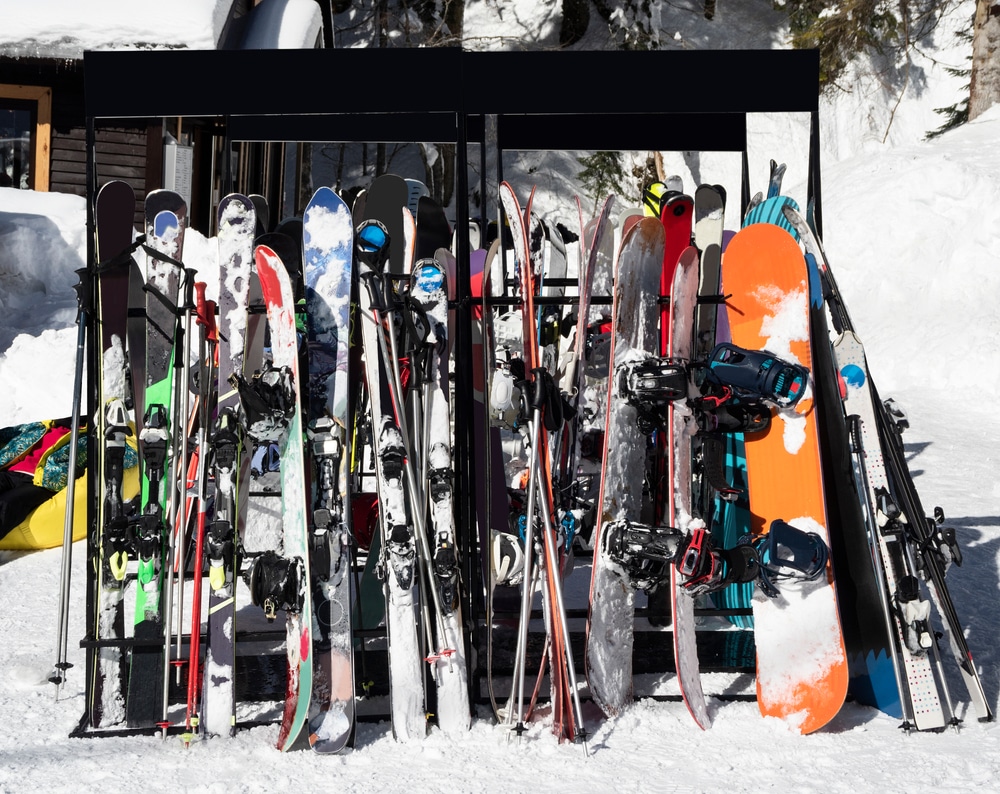
Marker bindings
The process is similar to the steps outlined above for those wondering how to adjust marker ski bindings. However, marker bindings might have adjusting points specific to their design. Refer to the manufacturer’s manual for detailed instructions.
Touring bindings
Touring bindings are designed for backcountry skiing and may have additional features for uphill travel. In addition to altering the DIN settings, touring bindings can be adjusted to accept heel risers and climbing aids.
Atomic ski bindings
The same general guidelines apply for adjusting atomic ski bindings, though some atomic bindings may have unique adjustment systems. For precise directions, always consult the binding handbook for that particular item.
For a skier, knowing how to adjust ski binding is as crucial as understanding skiing techniques and the selection of gear to wear when skiing.
How to Adjust Ski Bindings for Different Conditions
How to Adjust Ski Bindings for Weight
Your din release setting is significantly affected by your weight. Lighter skiers require a lower din setting for easy release, whereas heavier skiers require a higher din value to avoid early release.
How to Adjust Ski Bindings Length
Proper length adjustment is essential for both safety and performance. To change the binding length, follow the previously specified instructions to fit your boot size.
Check the boot soles
Make sure they are clean and undamaged.
Test the release force
Ensure the bindings release at the calculated Din setting.
Inspect the bindings
Look for wear and tear or any damage
Product Details
- Brand Atomic
- Material Aluminum
- Color Black
- Shaft Material Aluminum
- Extended Length 110 Centimeters
How to Adjust Din on Ski Bindings
To modify the din on your ski bindings:
- Look at the din chart to get the right setting for you.
- Use a screwdriver to adjust the din screw on both the toe piece and the heel piece.
- Make sure both settings are correct by checking them twice.
How to Adjust ski bindings for Ability level
Your din setting is influenced by your skiing ability:
Beginner/Intermediate
Lower din settings for easier release.
Advanced/expert
Higher din settings are needed for more secure bindings.
Tips To Adjust Ski Bindings
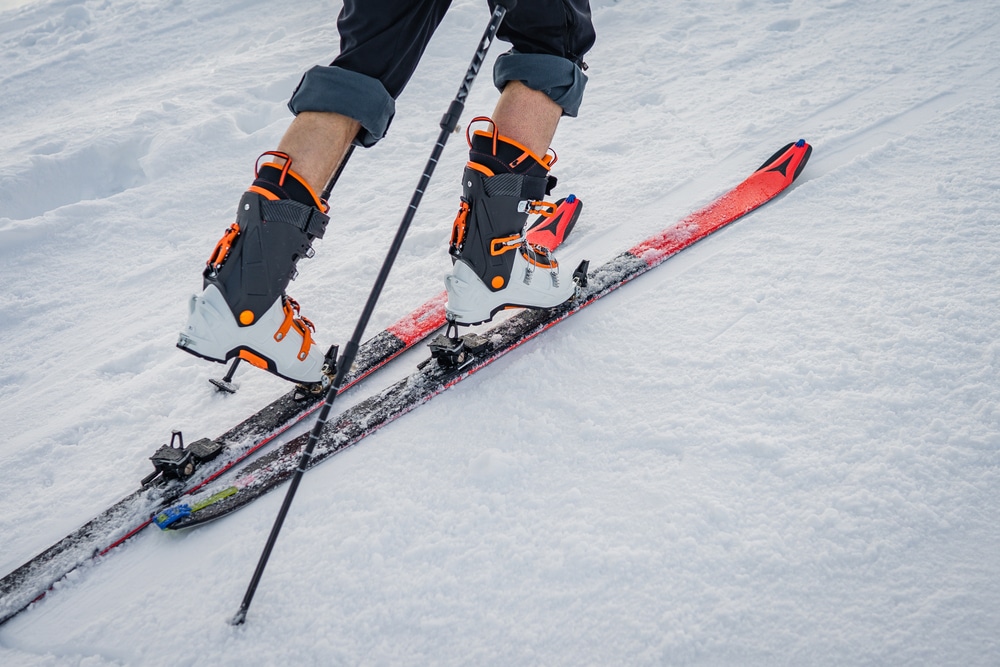
- Verify your sole and boot size length to ensure your ski boots’ bindings fit correctly. The binding settings and the sole length should work together.
- Verify your DIN configurations regularly. Over time, wear and tear could result in changes in DIN settings. To ensure safety, inspect and adjust them frequently.
- Speak with an expert if you have any questions concerning any step of the adjustment procedure; it is advisable to speak with an expert at a ski store.
Conclusion
Having the proper knowledge about how to adjust ski bindings is essential for any skier, whether new or professional. The basic adjustment steps are the same whether you’re adjusting marker bindings, touring bindings, or other types. The key is understanding the din settings, binding length, and release force setting. These steps ensure your ski bindings are properly adjusted for a safe and enjoyable skiing experience.

